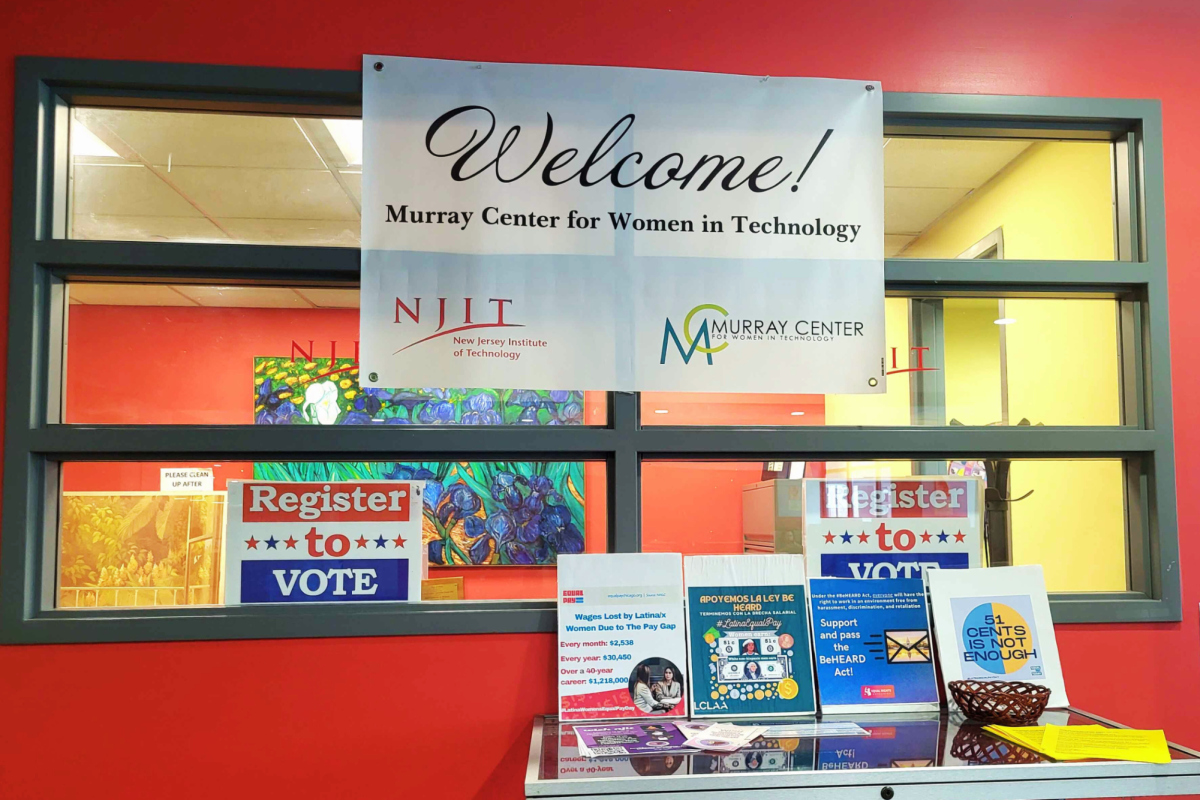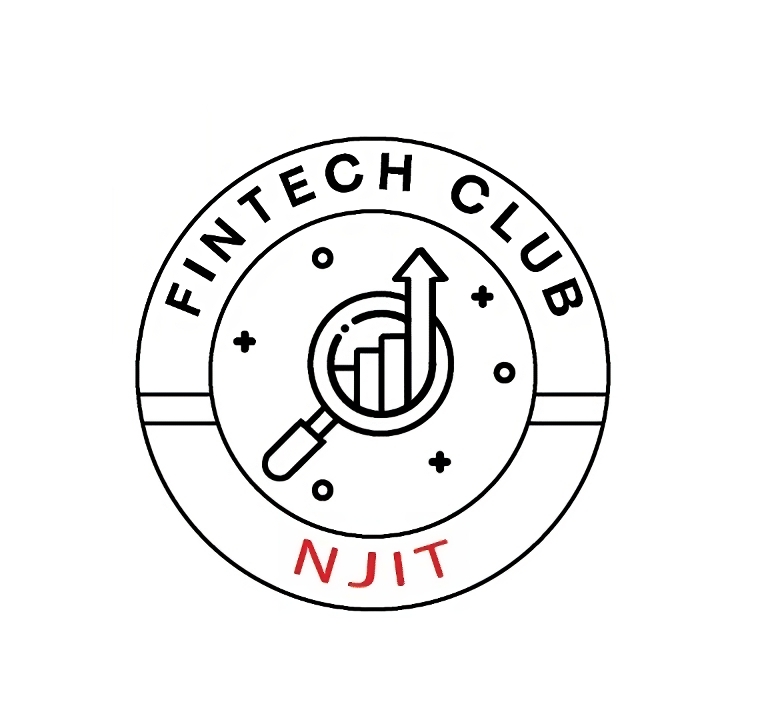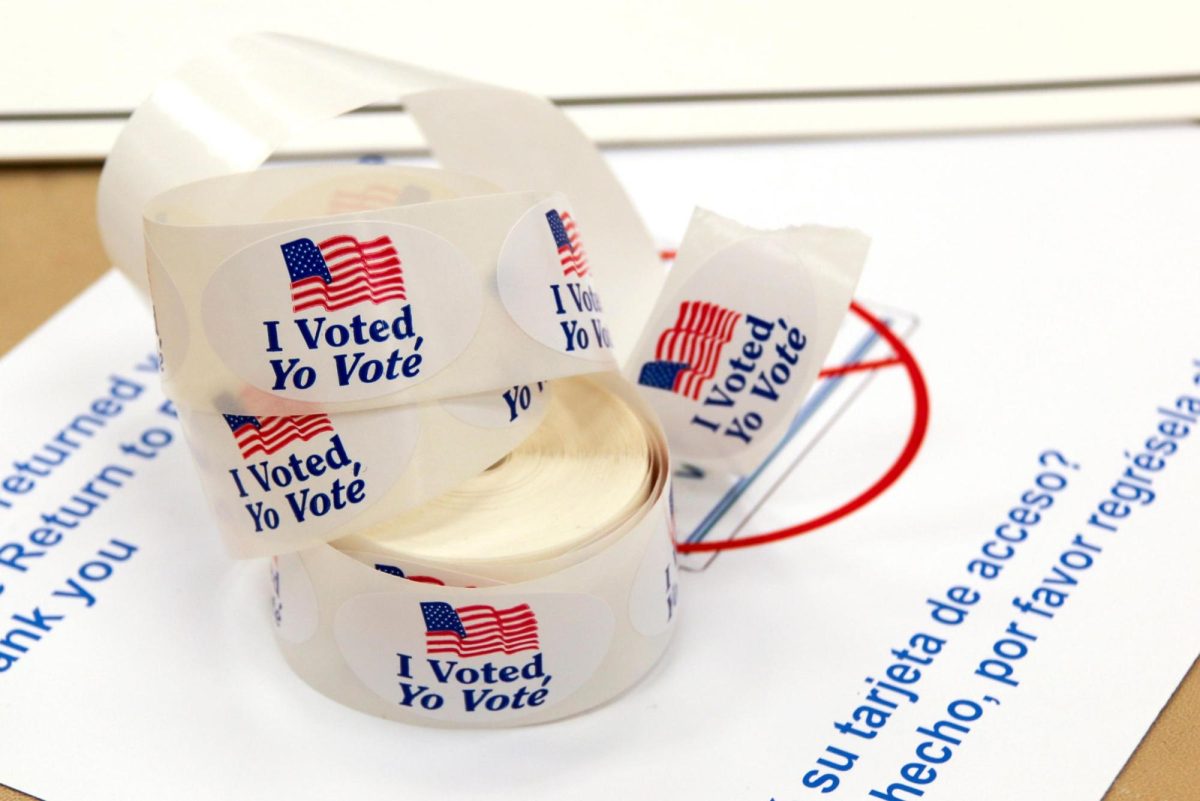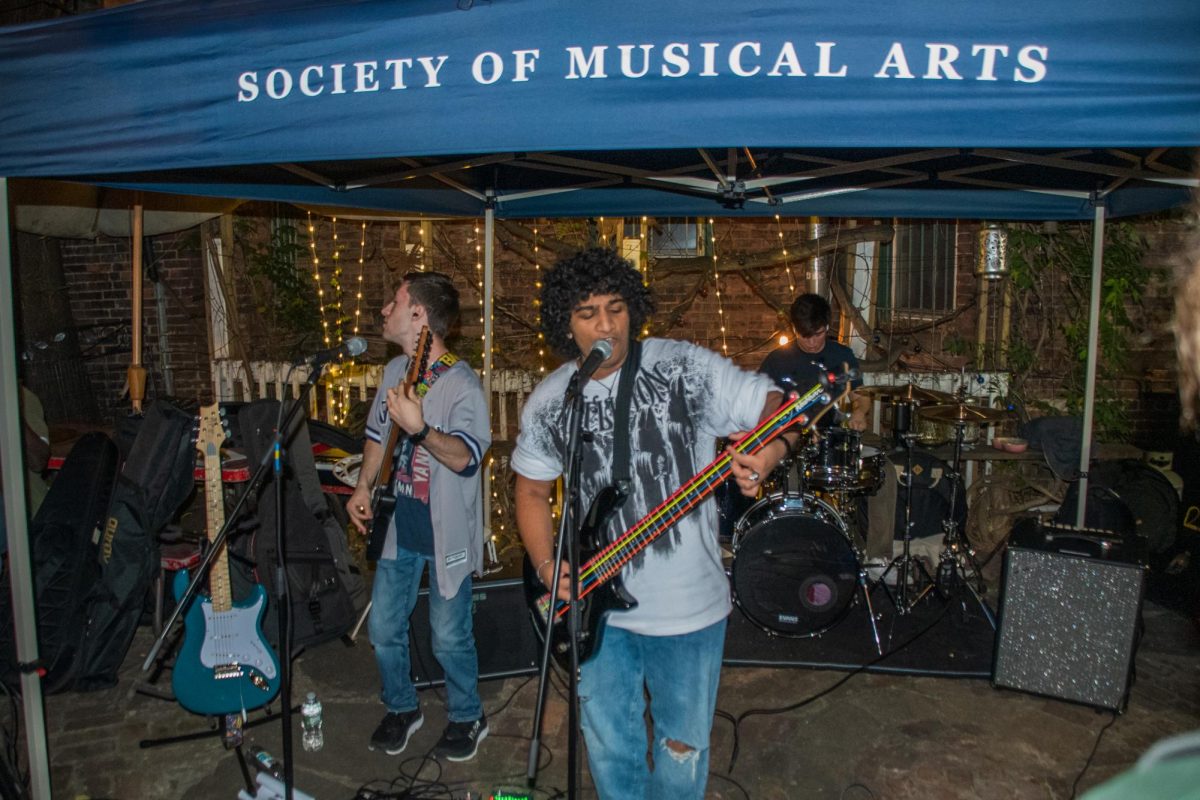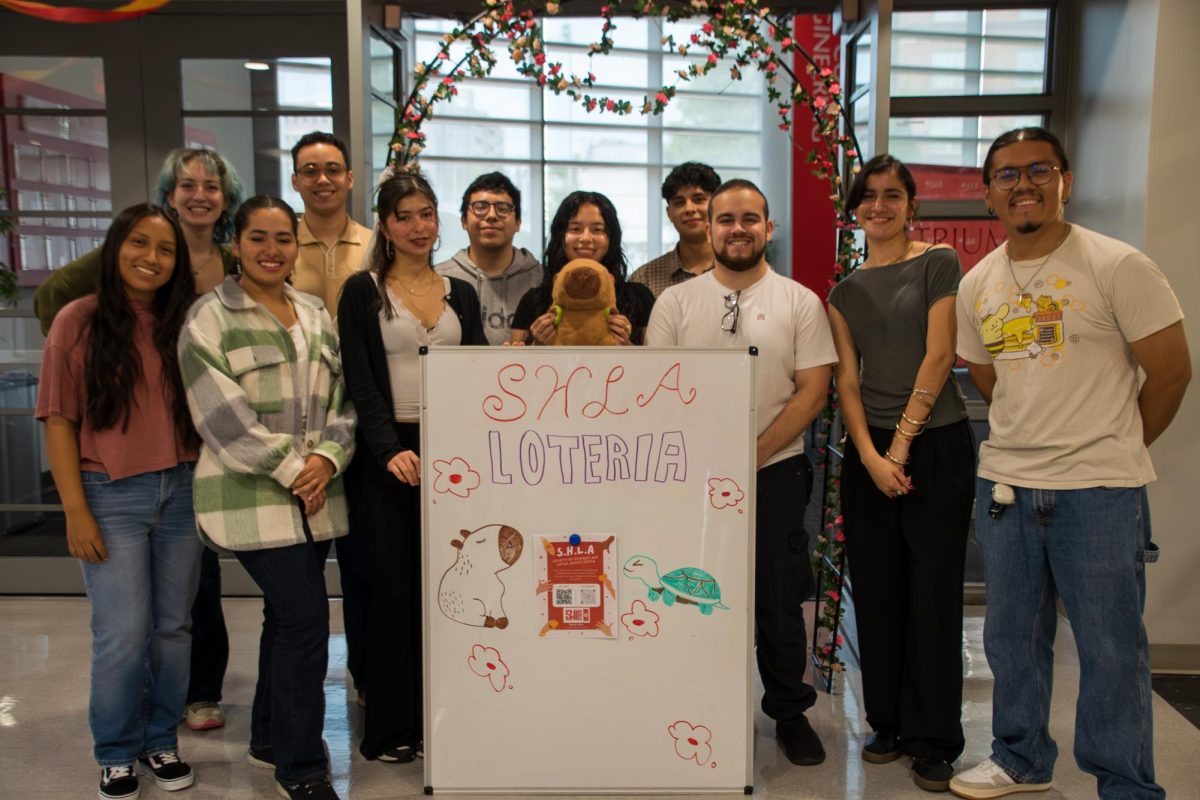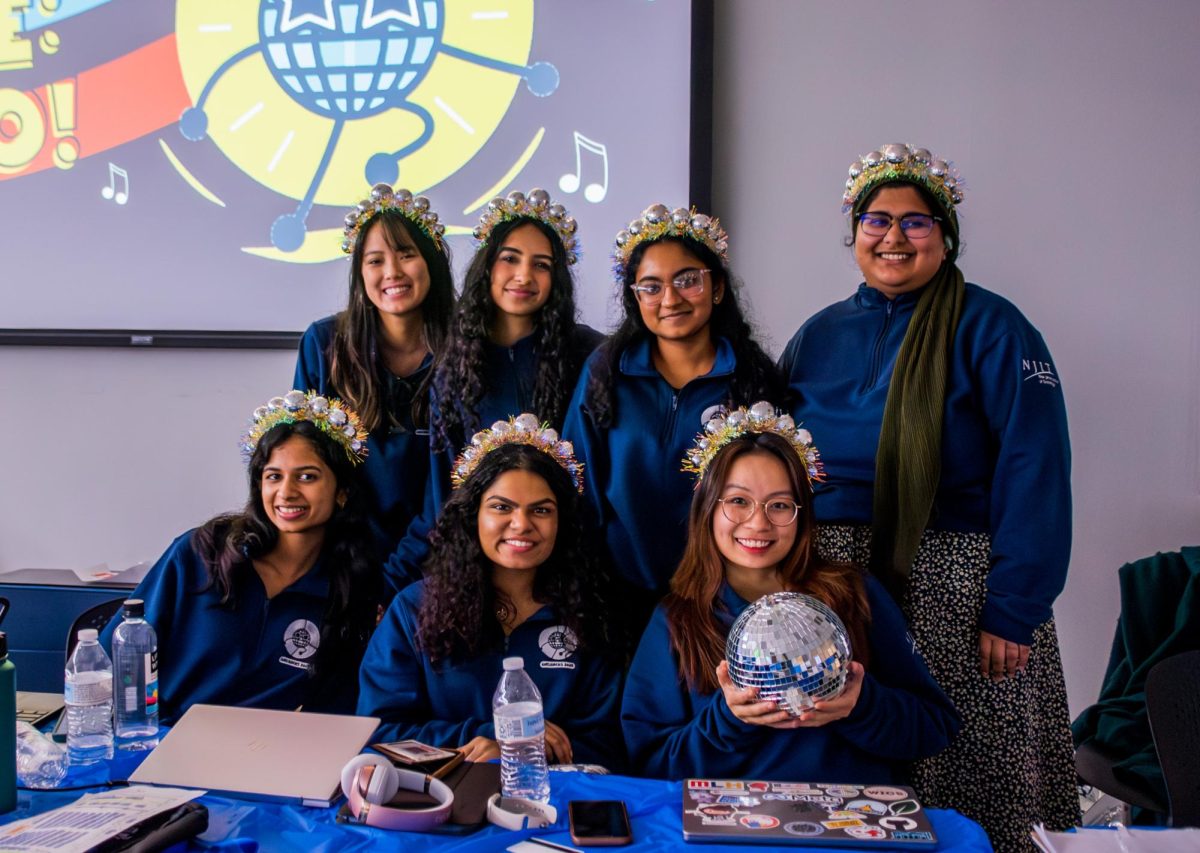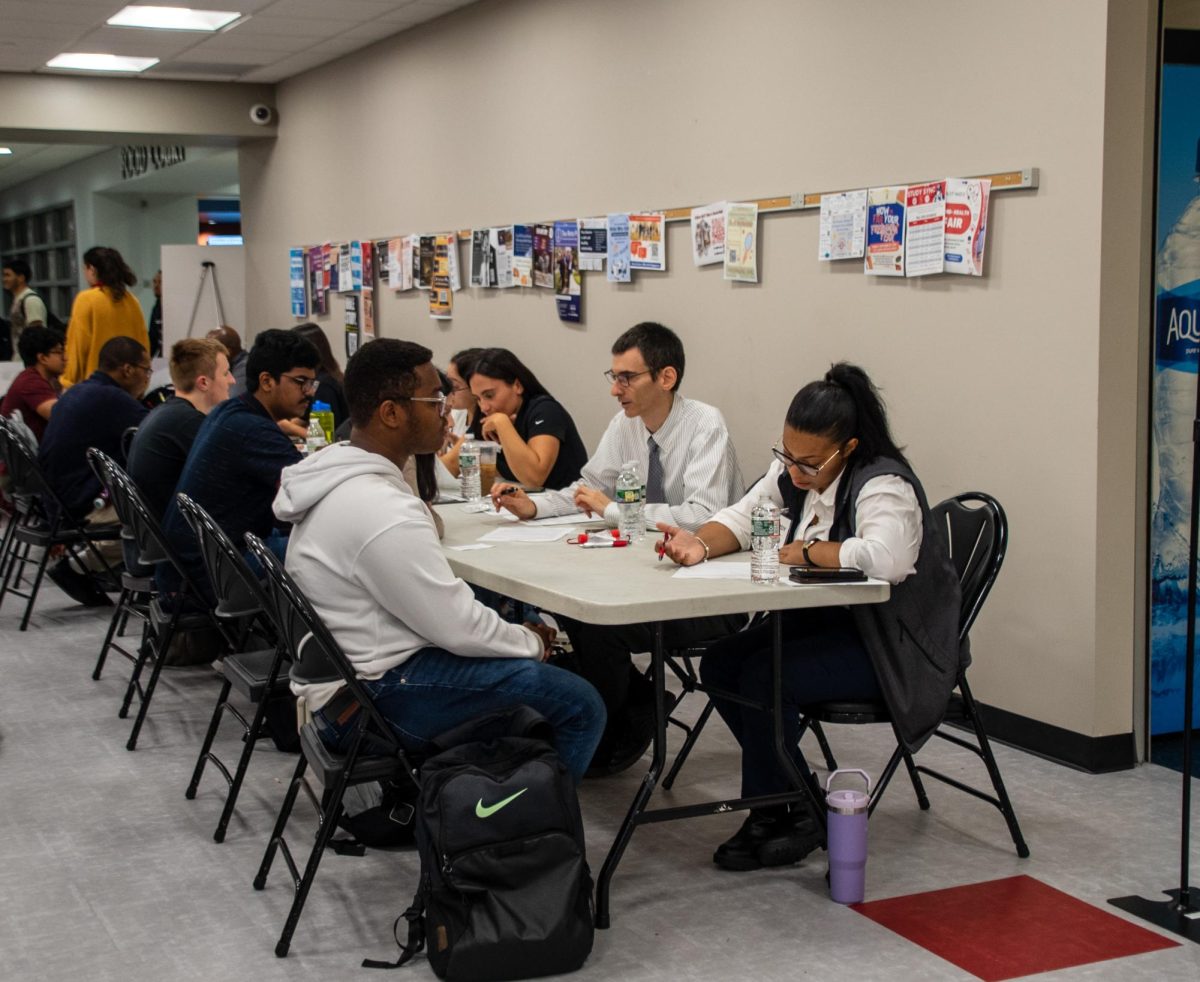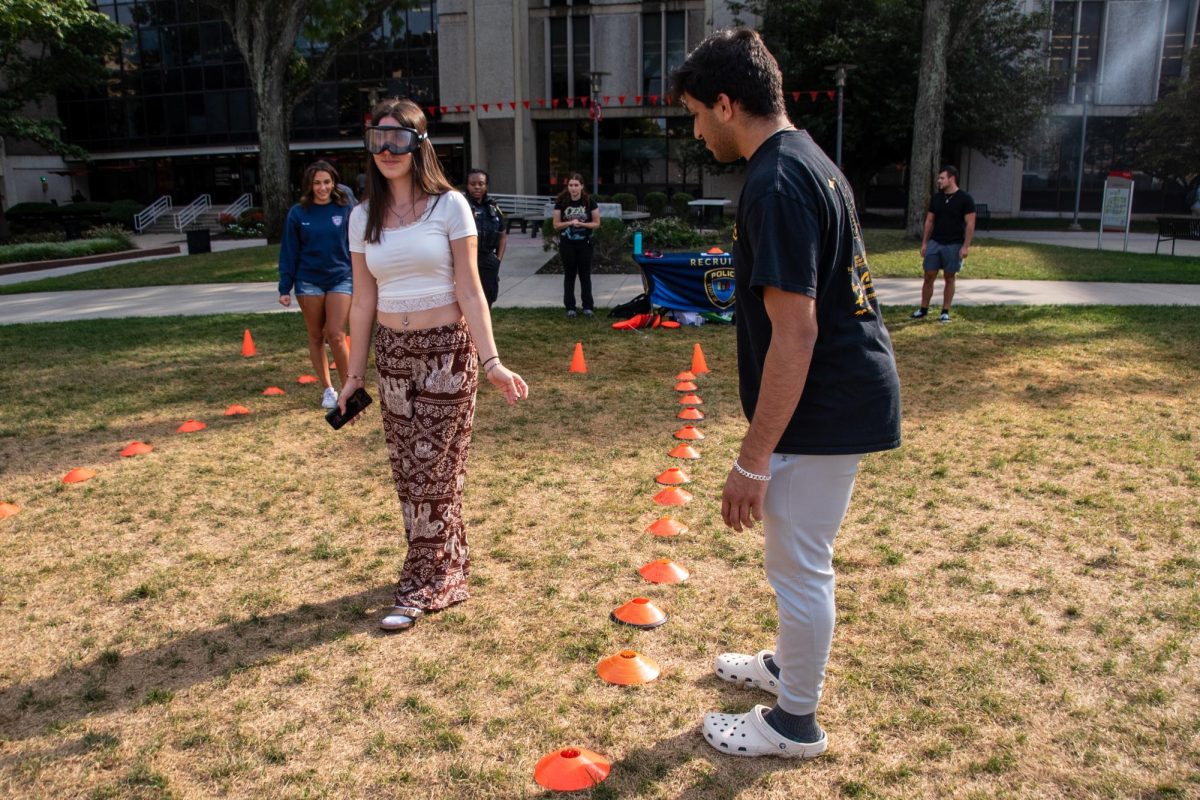By now, all of us have heard this program’s name and become accustomed to heeding the many warnings that come following its title. This is none other than ChatGPT, also known as a homework-saver, GPA-destroyer, giver of zeroes if caught using, and myriad others. ChatGPT has continued to grow in popularity since its release in 2022, alarming many about the usage of artificial intelligence tools, but also enchanting students with the prospect of completing an assignment faster than was thought possible.
Launched on Nov. 30, 2022, ChatGPT had an initial user base of one million users. In just a few months, by January 2023, the number of users for ChatGPT had skyrocketed to around 100 million active users. As more people continue to use the program, newer updates are released, such as a recent version called GPT-4.
The fourth version now allows for the artificial intelligence tool to “see, hear, and speak” with users, essentially closing the gap between technology and human interaction. The new image processing feature allows users to upload a photo to ChatGPT and receive answers to any questions you may have. If they are not satisfied with the results, they can draw on the photo and circle a specific part of the image that they wish for the artificial intelligence to focus on when generating a response.
For those who wish to convert ChatGPT into their new Siri, the newest update allows users to speak inquiries to ChatGPT and have the software reply in a human-like voice. This allows for faster and more fluent conversations to be held with the software, all thanks to the new open-sourced speech recognition system, Whisper, and a team of professional voice actors.
As the software progresses, there are different opinions on the development of the program and its effectiveness. Hwan Song, a fourth-year information technology major, believes that the recent Chat-GPT update is a helpful improvement for many people. “I think the recent update is a great edition, especially for those with disabilities who want to use ChatGPT. I think it’s to be expected of artificial intelligence to do that, with how much we’re advancing in this field,” he commented.
A benefit reported by Rocky Mountain Americans with Disabilities Act Center was that ChatGPT “may assist individuals with [an] autism spectrum disorder in navigating conversations in the classroom and other academic environments.”
Santiago Acosta, a third-year marketing student, sees the benefits but is concerned about the privacy issues that can result from using the artificial intelligence tool. “I think it’s a good improvement accessibility-wise, but I wouldn’t use it on my laptop, just because I don’t feel comfortable with something hearing everything that I do and storing information about me.”
The program’s privacy policy states that the program can store what users type in the search box, financial information such as credit card input within the premium version, and even identifying information such as IP address, location, and length of sessions. While ChatGPT uses end-to-end encryption to protect users’ information, this does not mean that it is entirely safe. On March 20 this year, the program had its first data breach, in which approximately 1.2% of ChatGPT-Plus subscribers had their financial data compromised.
Humanities and social sciences assistant professor Dr. Niccolo Pescetelli uses ChatGPT personally and as a subject of scientific investigation. He believes that the program is best used as a starting point when it comes to academic usage. Pescetelli is learning data visualization with Tableau and tested the image feature to see if it could produce a chart.
ChatGPT’s results were able to give a “step-by-step guide with accurate terms and sensible actions to take. It worked well, but after a point, the instructions started returning errors. It was a great starting point, but it was not airtight,” he said.
Within academia, some believe that the program can be a great tool for projects, while others see it as a ticket to plagiarism. Regulation of this tool has become difficult to implement, as the technology is constantly evolving. Pescetelli believes that universities should understand how ChatGPT can be used to accelerate teaching and learning while also having some level of regulation.
“The goal should be to measure better and gather information about how students use ChatGPT, not censoring its use. More data can help us guide students on how to use it as a learning companion or to understand the learning material better,” he added.
Managing artificial intelligence in the classroom is a topic that humanities and social sciences professor Dr. Daniel Estrada also considers often. “I’m not against regulation, but I also don’t think it is the solution. The responsibility of this falls on instructors to adjust their classes to ChatGPT,” he commented.
While Estrada acknowledges that this may not be a feasible task for all professors, he finds that adjusting the requirements for assignments can lead to innovative and informative results from students. Two assignments that he conducts in his course, “Artificial Intelligence Ethics,” are an audit project and ethics simulation project. For the audit project, student groups explore different systems and are split between “scoping” and “testing” groups.
Through careful research, they “strategize an approach to auditing these systems by preparing a social impact assessment,” Estrada said. He found that for this project, a third of his students hadn’t seriously considered errors and biases in artificial intelligence before the project, leading to students gaining a new understanding as to how to view such tools.
Within the ethics simulation project, students record a 15–24-minute podcast in which they work through an ethical scenario with assigned roles. Each role inherits a goal that influences how they approach the simulation until a solution has been reached or a consensus that there is no possible solution. For Estrada, having assignments that are hands-on like the audit project, allows students to be more creative and think critically about their submission. More importantly, hands-on experimentation teaches students not just how to use a tool but think about the tool in its context of operation.
ChatGPT’s newest update may appear to be groundbreaking, but it is important to realize that it is not the first software to be able to “see,” “hear,” or “talk.” Assistants like Siri, Google, or Alexa also have the capability to converse and “see” images. While ChatGPT cannot be used as a credible tool to generate essays or projects, it can be used as a starting point for research or for generating ideas.
As ChatGPT develops further, so do the teaching methods of university faculty. Whether these academic changes will positively or negatively influence the education of college students is yet to be seen.

